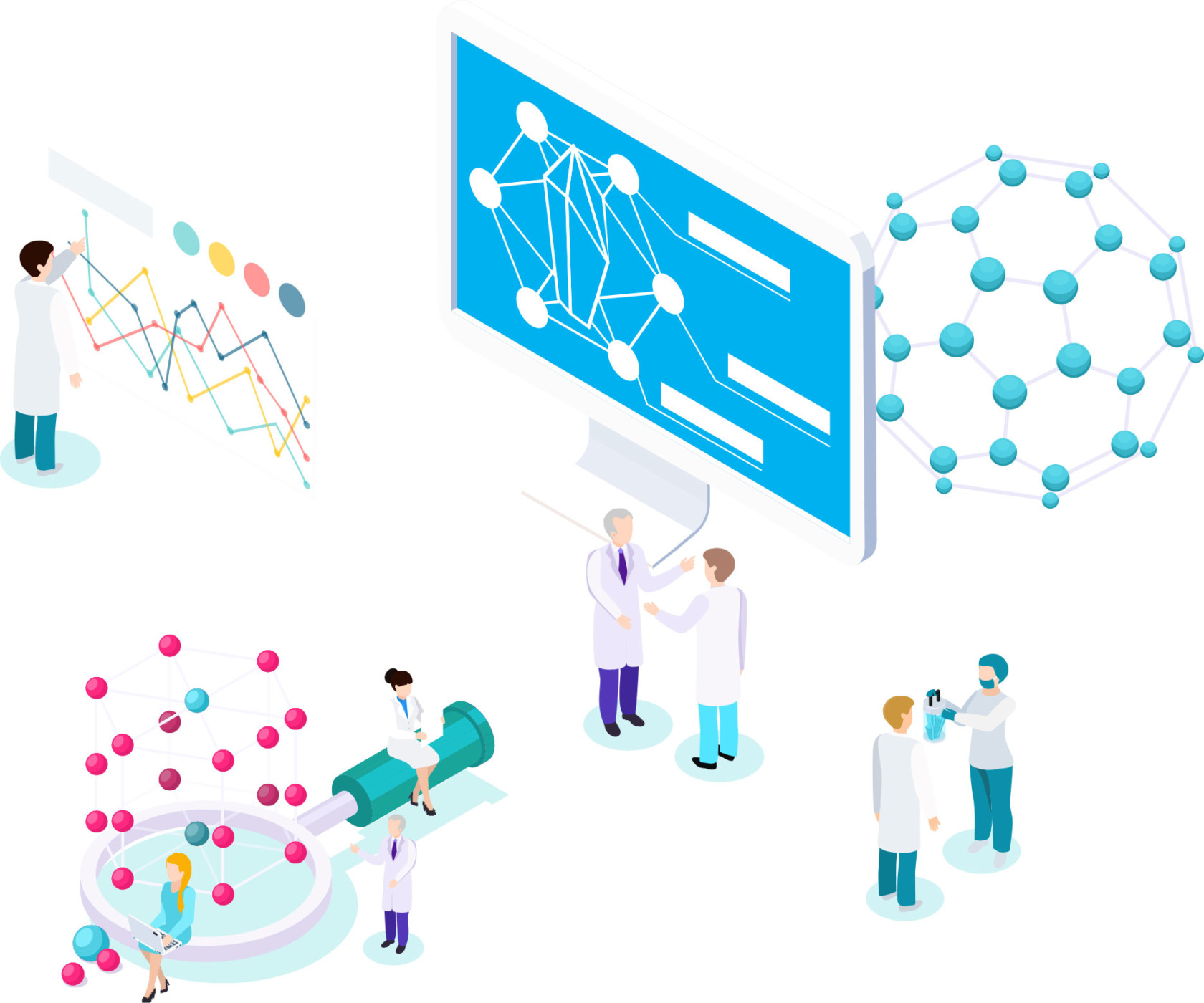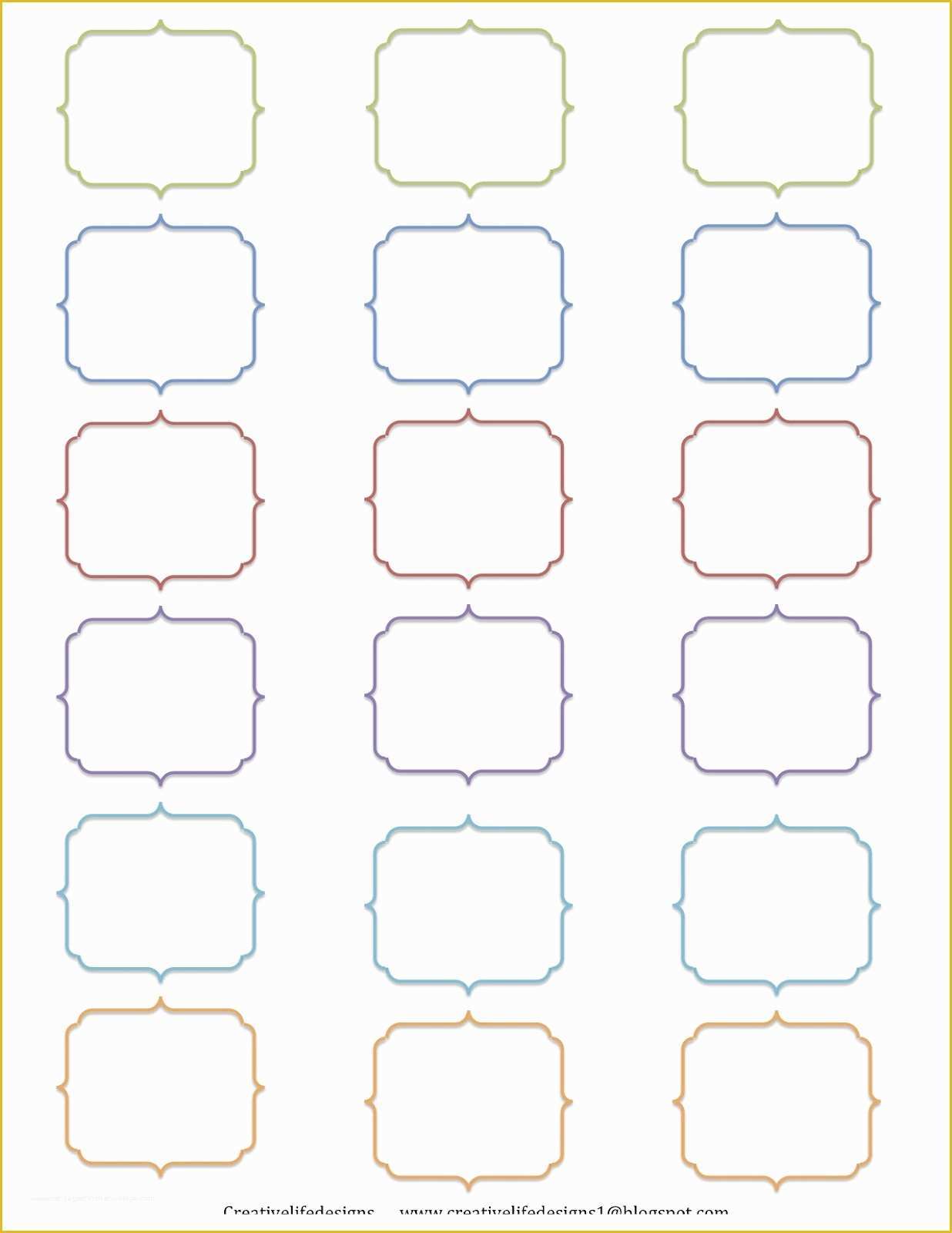Table Of Content

Toward this end, our group uses protein design methods to dramatically alter the substrate specificity of tRNA synthetases, focusing on challenging, polar PTM mimics. Moreover, chemistry allows researchers to explore the vast chemical space of possible amino acid sequences and develop strategies for the rational design of proteins with novel properties. Techniques such as directed evolution, which uses iterative rounds of mutation and selection to evolve proteins with enhanced functions, are rooted in the principles of chemical biology. Protein design is the process of creating new proteins with specific properties by manipulating the sequence of amino acids. It involves a combination of computational techniques, laboratory experiments, and interdisciplinary knowledge from fields such as biology, chemistry, and physics.
Roksana Azad, PhDPostdoctoral Research Fellow
Ordaōs Uses AI to Generate Therapeutic Mini-Proteins - Genetic Engineering & Biotechnology News
Ordaōs Uses AI to Generate Therapeutic Mini-Proteins.
Posted: Tue, 08 Aug 2023 07:00:00 GMT [source]
Unlike antibodies, designer peptides can be endowed with the ability to cross the cell membrane; like antibodies, they bind tightly and specifically to their targets. Building peptides with non-canonical amino acids that have reverse chirality also helps them avoid being attacked by natural enzymes, which evolved to recognize natural amino acids. This could help make drugs that can be given orally because they can survive the harsh digestive enzymes. Rosetta is far more efficient than human labor at finding amino acid sequences that will collapse into a desired structure, but making the protein perform a desired task ramps up the complexity.
Need to update your Center profile?
By studying the genetic code and the mechanisms underlying protein synthesis, researchers can manipulate the sequences of amino acids that make up a protein. This knowledge enables scientists to create proteins with specific functions, such as binding to target molecules, catalyzing chemical reactions, or forming stable structures. Our lab aims to tackle this challenge through a tight coupling of computation and experiment. We develop computational design methods that learn from protein structure and test these algorithms by making new ligand-binding proteins in the lab. We focus on designing proteins that bind to small molecules, as these are the most difficult targets for screening or immunization techniques. We build proteins that not only hone our design methods but also act as useful tools for biology, e.g., for metabolite sensing, proteome editing, and genetic-code expansion in mammalian cells.
Jody MouGraduate Student
If researchers used AI in this process at all in recent years, it was primarily to improve existing molecules. "It's a real breakthrough for drug discovery," says Gisbert Schneider, Professor at ETH Zurich's Department of Chemistry and Applied Biosciences. Together with his former doctoral student Kenneth Atz, he has developed an algorithm that uses artificial intelligence (AI) to design new active pharmaceutical ingredients. For any protein with a known three-dimensional shape, the algorithm generates the blueprints for potential drug molecules that increase or inhibit the activity of the protein. Advanced mass spectrometry and protein separation methods are central tools for the lab. Protein design, with its interdisciplinary nature and wide-ranging applications, is poised to reshape the future of synthetic biology.
Producing sustainable materials
We believe in open and collaborative science, and we’re always looking for new people to join our efforts.
In total, your DNA contains the blueprints for crafting about 20,000 unique types of protein – a collection known as a genome. The project attracts casual users as well as hard-core ‘overclockers’, gear enthusiasts who put together custom computer systems to maximize their processing power. These tech hobbyists build extensive processing and custom cooling arrangements to push the limits of their hardware.
Bioanalytical chemist Vicki Wysocki of Ohio State University joined forces with the Baker lab several years ago, when one of her students persuaded Baker to send over some samples to characterize with native mass spectrometry. Wysocki is the director of the National Resource for Native Mass Spectrometry-Guided Structural Biology at Ohio State, and her lab has pioneered a variety of mass spec techniques for characterizing protein structures and interactions. Arzeda, an IPD spinout that bills itself as “The Protein Design Company,” uses custom-designed enzymes to brew specialty chemicals and healthy food ingredients in large vats of bacteria. They have created biochemical pathways for various industrial partners to produce specialty chemicals sustainably, such as a durable, scratch-resistant bioplastic for cell phone screens based on a compound found in tulips.
“One of the promises of protein design is that you can design and build brand new proteins to solve current-day problems for which we don’t already have evolved proteins to solve,” Baker says. De novo protein design lets the designer select just the sequences and structures they want and leave out anything they don’t. “They don’t carry along that baggage as the result of a long evolutionary process,” says Haydon.
Our group is exploring new deep learning architectures to understand and predict ligand-binding cooperativity. We leverage custom-built databases to train and test models that learn molecular features that give rise to tight and specific binding of ligands. Ultimately, alt-protein startups will need to build their own facility to produce enough of their ingredient to meet demand, Jamie Valenti-Jordan, CEO of Catapult Commercialization Services, told FoodNavigator-USA. Building a facility from scratch often requires careful planning from both a design and capital perspective, he explained. "We believe we are well positioned to bring novel therapies to patients in need, and expect to perform on a high growth pace over the next five years. Importantly, we also expect to be cash flow positive on a full-year basis for 2006." Your body contains trillions of individual protein molecules that together perform the vital functions of life.
To achieve this goal, the Institute for Protein Design was established in 2012, and is building on strengths within the University of Washington and Seattle more generally. Protein design requires high-level expertise and talent in computing and software, biochemistry, genome sciences, biological structure, pharmacology, immunology and other basic science disciplines, as well as clinical medicine. Advanced software, like the Rosetta suite, empowers scientists to predict how a given amino acid sequence will fold into a three-dimensional structure. By simulating various sequences and analyzing the resulting structures, researchers can design proteins with desired functions or properties. As an undergraduate, he studied fluorescent protein photochemistry in Prof. Steve Boxer's lab at Stanford. Earlier in graduate school, he worked in statistical mechanics education with Prof. Steve Kivelson, analysis methods for single-molecule biophysics with Prof. Wesley Wong, and high-throughput assay development with Prof. Michael Desai.
Proteins can do remarkable things, from blocking infection to harnessing solar energy. Drawing inspiration from these natural marvels, we seek to design equally useful molecules from scratch. Masy graduated from Andrews University, where she received her BSc in Biology. In the Lyons lab at Andrews, she examined how the prodomain region of a carboxypeptidase affects its function. She also worked in the Fedulov lab at Brown University to determine the effects of cardiac ischemia on the methylome. Outside of the lab, Masy enjoys traveling, film photography, and pestering her cat.
Currently, he wants to understand the basic principles of biomolecular specificity by designing peptide-binding proteins. In his spare time, he kickboxes, dances Lindy Hop, and plays in a jazz quartet called Mutual Beef. Bioinformatics and computational biology are crucial components of protein design.
Rosetta fans participating from home aren’t limited to contributing electronic processing power. Protein design requires human ingenuity as well, and for that, there’s the Foldit game. With a video-game-style interface, Foldit invites users to shift protein backbone structures and rearrange side chains to achieve the most favorable free energy configuration. Foldit players interact as part of a cooperative community, discussing problems in the forums and working in teams to solve structures. We are always looking for highly motivated postdocs with computational and/or experimental skills and a passion for protein structure/function/design.
During undergrad, she worked in Prof. Jeffery Saven’s lab, and studied self-assembling peptide “bundlemers” that can be linked together into customizable polymers with click chemistry. Here at The Lab we introduce a lifestyle that delivers better body performance and well-being. We provide a great tasting and convenient alternative to feed your body the vitamins and amino acids that help rebuild your muscles and manage your weight. I was given a brief of what information needed to go on both labels and I was also given the illustrations on the back directions. The process equipment — including fermentation tanks — “in many cases is only 40% of the cost of the facility,” he elaborated. Startups can incur needless expenses by not considering the build-out of the facility’s drainage system or other crucial manufacturing infrastructure, he added.
“We are tailoring the protein scaffolds into the epitopes that we need to present to the immune system,” says Correia. The scaffolds created with TopoBuilder present three viral epitopes and successfully induce antibody production in mice. Still, Correia cautions, the paper is a successful demonstration of the TopoBuilder approach to creating a particular structure, but has not proven itself in terms of vaccine design. At the heart of the IPD is the idea that modern problems require modern solutions, designed by humans.
Jing is a graduate student in the Biological and Biomedical Sciences (BBS) Program at Harvard. She graduated from Cornell University with a bachelor degree in Biological Sciences and in Statistical Science. During her undergrad, Jing studied viral proteins using X-ray crystallography at Cornell and worked on an ABC transporter using cryo-EM at Scripps Research.

No comments:
Post a Comment